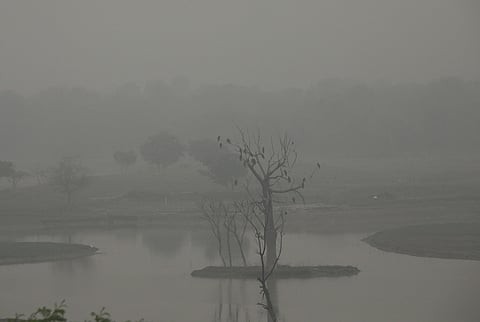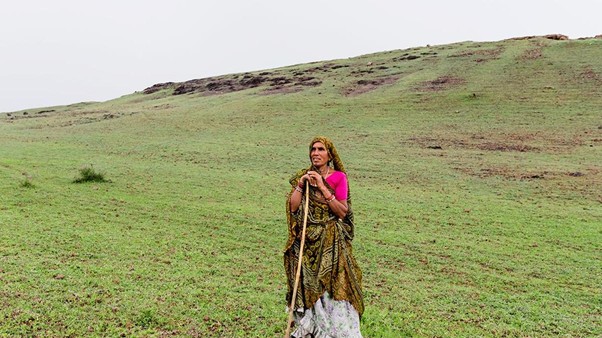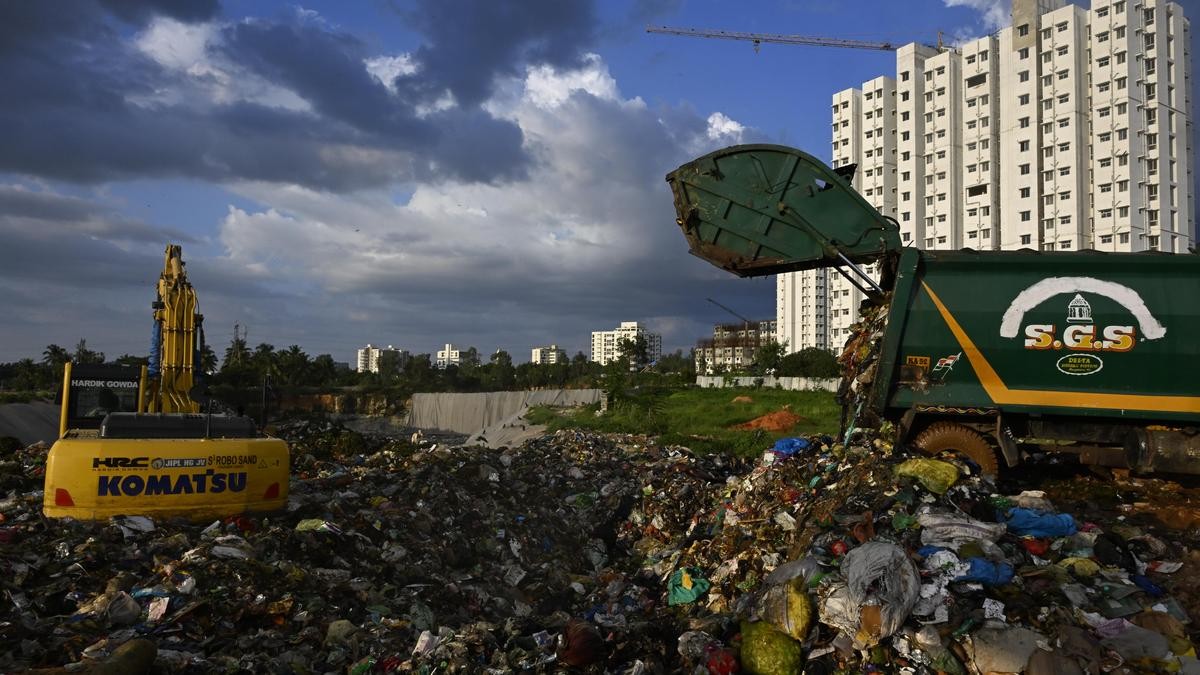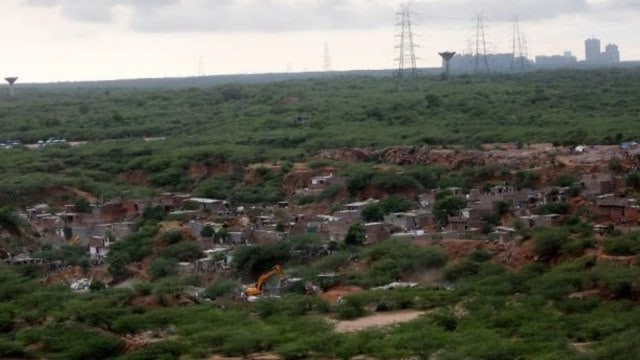




Source: INDIAN EXPRESS
Disclaimer: Copyright infringement not intended.
On 2 February 2025, Union Ministry of Environment, Forest and Climate Change (MoEFCC) organised the World Wetlands Day 2025 celebrations at Parvati Arga Bird Sanctuary, a Ramsar Site in Gonda, U.P.
This year’s theme, “Protecting Wetlands for Our Common Future,” emphasizes the need for global conservation efforts.
India marked the occasion by announcing 4 new Ramsar sites, which are:
|
Wetlands are areas with standing or flowing water (Marshes, lakes, bogs, and swamps), either permanent or seasonal. |
|
|
Ecological Importance |
- Biodiversity reservoirs (support birds, fish, and plant life) - Water conservation (recharge groundwater, control floods) - Climate change mitigation (carbon sinks) - Support fisheries and local economies |
|
Ramsar Convention |
The Ramsar Convention is an international treaty signed on February 2, 1971 in Ramsar, Iran, dedicated to the conservation and sustainable use of wetlands globally. This day is now celebrated annually as World Wetlands Day. |
Wetland |
Location |
Key Features |
|
Harike Wetlands |
Punjab (86 sq km) |
North India’s largest Ramsar site, supports Siberian crane, bar-headed geese. |
|
Kanjli Wetlands |
Kapurthala district |
Supports migratory birds, fish species, and turtles. |
|
Ropar Wetlands |
Sutlej River banks |
Provides habitat for various bird species and aquatic life. |
|
Nangal Wetlands |
Bhakra-Nangal reservoir |
Hosts over 40,000 migratory birds annually. |
|
Beas Conservation Reserve |
Beas River |
Home to Indus River Dolphins, turtles, and migratory birds. |
|
Ranjit Sagar Wetlands |
Ravi River (Ranjit Sagar Dam) |
Includes otters and migratory birds. |
Threat |
Conservation Measures |
|
Industrial Pollution: Factories near Harike, Ropar, and Kanjli discharge waste, contaminating water. |
Regulate Waste Disposal : Enforce stricter regulations on industrial waste. |
|
Illegal Sand Mining |
Regulate Mining : Prevent illegal mining and Protect riverbed ecosystems. |
|
Agricultural Runoff : Pesticides and fertilizers harm wetland ecosystems |
Minimize runoff and protect water quality. |
|
Climate Change : Rising temperatures affect water levels and biodiversity in wetlands. |
Public Awareness Campaigns : Educate local communities about climate impact and wetlands conservation. |
Source: INDIAN EXPRESS
|
PRACTICE QUESTION Q.With reference to Ramsar sites and wetlands in India, consider the following statements:
Which of the statements given above is/are correct? Answer: (a) Explanation:
|







© 2025 iasgyan. All right reserved